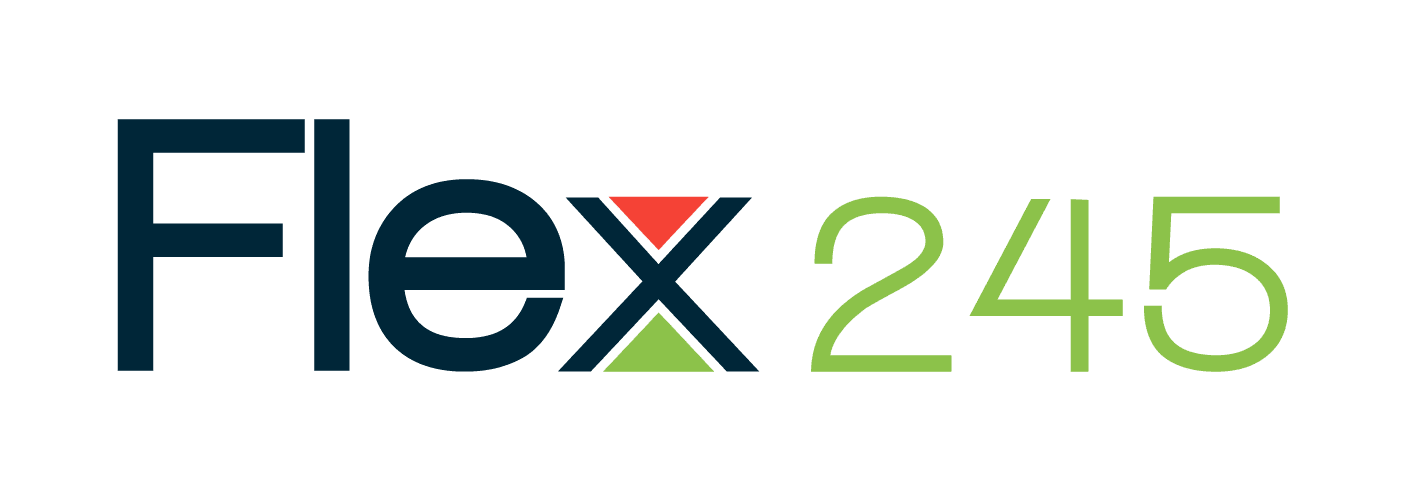Forex
Important forex terms
We will be going through quite a few important terms so you can keep up with the heavier content. Everything from what is a pip, through to spread and more. To break it up we will separate them into general terms, and then trade-specific terms.
Forex trading is not exactly rocket science, but there is a lot of information so we will always break it up when it is appropriate So, without further adieu, let’s jump into these terms.
Bid, ask and spread
All forex quotes give two prices. We have the bid and the ask. The bid is the price at which your broker will buy currency from you, and the ask is what they will sell it to you. The bid price is always slightly lower than the actual rate, and the ask is slightly higher. This is where your broker makes their profit, and the difference between the two is called the spread.
The above picture is the order window from MetaTrader 4. You’ll see its looking at the prices of the EUR USD, and there are two quoted prices. 1.13216, and 1.13220. The difference between them is the spread, in this case, it is 4 points, or 0.4 pips.
Equity
Equity is your account balance as well as the floating value of your open positions.
Equity = Balance + Floating Profit/Loss
What is leverage?
Leverage can be your best friend and worst enemy in the forex market. Let’s have a look at what it is, how it works, and how it can benefit you.
Leverage is essential a ratio that allows you to trade with more money than what you have. It is up to the broker to allow you certain leverages, and there are often compliance issues in various countries restricting certain leverages. Outside of the USA, it is fairly common to see 1:200 at least. So let's use that as an example.
If you had a 1:200 leverage on your account, it means that for every 1 unit (let's say USD) you can trade 200 times that much on the market. So $1 = $200. If you wanted to trade $100’000 on the markets, you would only need an available margin of $500 to place the trade.
Now this means two things. First, you can earn significantly larger profits than you would without it, but you can also lose significantly faster. Without leverage, it would be nearly impossible to make any decent money in the forex market, but it is important not to let greed overtake you!
Greed + Leverage = bad times.
Liquidity
A liquid market is when there are a lot of buyers and sellers, which in turn allows buy and sell orders to execute quickly. Think of it as “money is flowing” the same way liquid would flow.
One of the older terms we used to use was a “thick market” but that is rarely used these days, and usually misused when it does come up.
A market with very buyers and sellers is often referred to as an “illiquid market”, or sometimes a stagnant market.
Long and short
The first thing you need to know about long vs short in the forex market, is that it has nothing to do with time. It refers to the direction of the market. So when someone says “I’m going long on the Euro” it means they are buying Euros in anticipation of it going up.
If they say “I’m going short on the Euro” it means they are selling Euros in anticipation of it going down. Long means up, and short means down.
Forex standard lots
A standard lot is 100’000 units of the base currency. As an example, if you were placing a trade on the EUR/USD, 1 lot would be 100’000 Euros. This used to be the smallest amount tradeable.
A micro lot has been introduced which is 10’000 units and a mini lot is only 1’000 units. There is no set industry standard for example how to refer to things, but in most circles, people still only use the word lot (representing 100’000) and then offer fractions.
As an example, instead of saying “I am buying 1 mini lot of EUR/USD” people generally say “I am buying 0.1 lot of EUR/USD”. It is the same amount.
1 Lot = 1 Lot = 100’000
0.1 Lot = 1 Mini Lot = 10’000
0.01 Lot = 1 Micro Lot = 1’000
Margin
This is a very misunderstood area, so we will cover the various types of margin below.
Required margin
This is calculated based on your available leverage at the time of your trade. For now, let’s assume you’re not using leverage just so this calculation is easier, and we’ll add it later.
Assume you have $10’000 in an account and you are wanting to buy on the EUR/ISD. You want to trade 0.01 lots, that is EUR 1’000. Now let’s assumed the exchange rate is 1.40000. This means you need USD 1’400 to buy EUR 1’000.
So the required margin in this trade would be USD 1’400 which is set aside as collateral on the trade. It will be returned to you when the trade closes.
Now this is where leverage can make life much easier. If you had 1:100 leverage in the above example, instead of needing USD 1’400, you would only need USD 14 to place the same trade.
Free margin
Free margin is the difference between your account equity and the open positions’ required margin. Which really means it is the available funds to trade on your forex account. So the funds are not being used as collateral in other trades on the forex market, and they can be used in any operation. Even withdrawals or to open a new position.
Free Margin = Equity – Margin
What is a pip?
A pip is 1/100th of a cent, so 100 pips would be 1 cent. This used to be the smallest measure used in forex trading, but now we very often have a 5th decimal point often called a point.
The above example is showing you what we mean. So when reading a forex quote on most of the currencies you will see either 4 (like above) or 5 decimal places.
Now you are probably thinking that 1/100th of a cent is nothing and you can’t possibly make money off that. But in forex trading, you can, thanks to leverage. You can actually make a lot of money from that.
In the above example, imagine the market moved up from 1.6069 to 1.6089. That would be 20 pips up. If you place a trade of 1 lot you would earn about $10 per pip, giving you $200 in your pocket from that movement.
1 Lot is $100’000, but thanks to leverage you could place a full lot with a fraction of that. A $1’000 could easily place a full lot on a forex trade.

